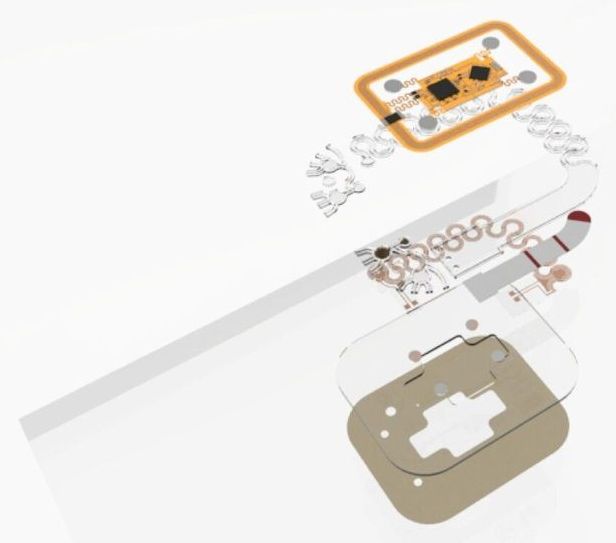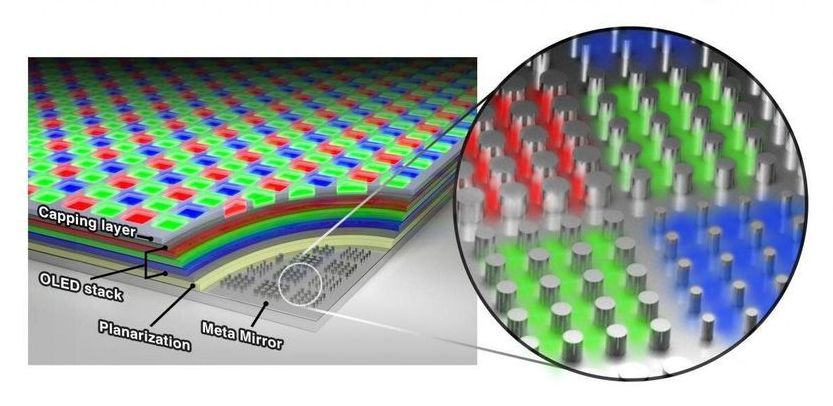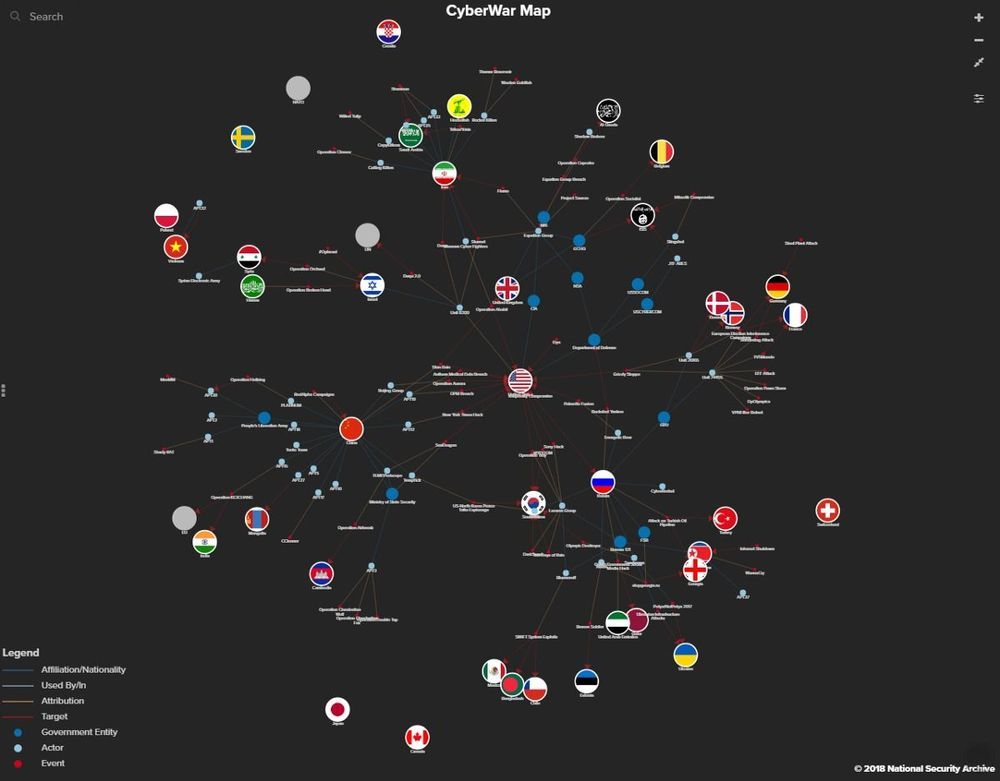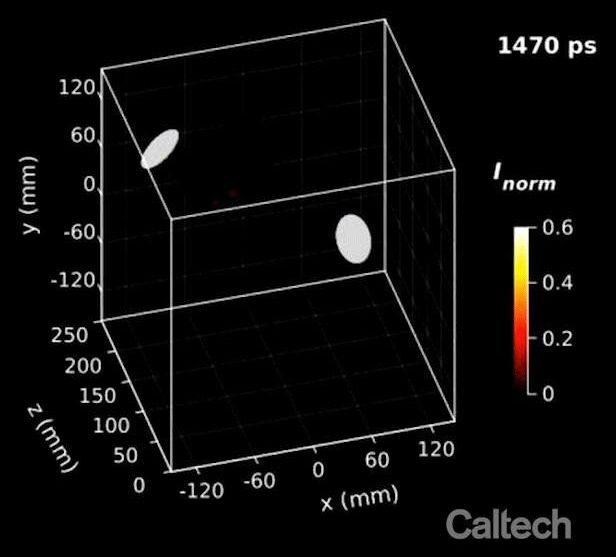Both desktop and Android versions are affected.




An international team of researchers has developed a multifunctional skin-mounted microfluidic device that is able to measure stress in people in multiple ways. In their paper published in Proceedings of the National Academy of Sciences, the group describes their device and how it could be useful.
Prior research has shown that long-term stress can damage a person’s health. It can lead to diabetes, depression, obesity and a host of other problems. Some have suggested that one of the ways to combat stress is to create a means for alerting a person to their heightened stress so that they might take action to reduce it. To that end, prior teams have developed skin-adhesive devices that that collect sweat samples. The tiny samples contain small amounts of cortisol, a hormone that can be used as a marker of stress levels. In this new effort, the researchers have improved on these devices by developing one that measures more than just cortisol levels and is much more comfortable.
The researchers began with the notion that in order to convince people to wear a device full time, it had to be both useful and comfortable. The solved the latter issue by making their device out of soft materials that adhere gently to the skin. They also used a skeletal design for their microfluidic sweat-collection apparatus—a flexible mesh. They also added more functionality. In addition to cortisol, their device is able to measure glucose and vitamin C levels. They also added electrodes underneath that are able to measure sweat rate and electrical conductivity of the skin, both of which change in response to stress. They also added a wireless transmitter that sends all of the data to a nearby smartphone running the device’s associated app.

Australian radio host Annabelle Brett, who works at Mix 1–6.3 Canberra, cleverly used her Tesla mobile app to mess with the two would-be thieves who attempted to steal her Model 3.
The theft attempt started when the radio host received notifications on her phone early one morning stating that her Model 3’s alarm was triggered. After receiving the notifications, Brett went to her locked garage where she had parked her Model 3 and discovered it was missing.
Unfortunately for the would-be thieves, Brett’s Model 3 is equipped with safety features like Sentry Mode, which continuously monitors a Tesla’s surroundings when it is left unattended. Through these features, footage from the car’s suite of cameras could be retrieved.

Why is one particular intellectual capacity valued over so many other worthy qualities, like compassion, honesty, courage, and common sense?
A t some point during the past decade, Harvard professor Michael Sandel started to notice the increasingly frequent invocation of a particular word: “smart.” The term was being applied to all manner of products and devices: smart phones, smart cars, smart thermostats, even smart toasters. He also heard the word creeping into the language of politics, employed to justify and promote governmental initiatives. “The way the word was being used bothered me,” Sandel says. “It seemed to pair a narrow kind of technocratic expertise with an attitude of smug superiority.”
Political philosopher that he is, Sandel decided to conduct an analysis of presidential rhetoric. Before the 1980s, he found, American presidents rarely used the word “smart” in their public speeches. Ronald Reagan and George H.W. Bush employed the term relatively sparingly. But the use of the word in presidential remarks “exploded” during the administrations of Bill Clinton and George W. Bush, Sandel reported, with each man uttering the word “smart” at least 450 times. Barack Obama spoke it more than 900 times, and Hillary Clinton often invoked the term both as Secretary of State and as a candidate running for the highest office. This “rhetorical tic,” Sandel came to recognize, was representative of a much more sweeping cultural change, one he addresses with concern in his new book, “The Tyranny of Merit.” Over the past 40 years, he observes, America’s ruling class has exalted one quality, one virtue, one human attribute above all others: smartness.

Ultra high-res displays for gadgets and tv sets may be coming. 😃
By expanding on existing designs for electrodes of ultra-thin solar panels, Stanford researchers and collaborators in Korea have developed a new architecture for OLED—organic light-emitting diode—displays that could enable televisions, smartphones and virtual or augmented reality devices with resolutions of up to 10,000 pixels per inch (PPI). (For comparison, the resolutions of new smartphones are around 400 to 500 PPI.)
Such high-pixel-density displays will be able to provide stunning images with true-to-life detail—something that will be even more important for headset displays designed to sit just centimeters from our faces.
The advance is based on research by Stanford University materials scientist Mark Brongersma in collaboration with the Samsung Advanced Institute of Technology (SAIT). Brongersma was initially put on this research path because he wanted to create an ultra-thin solar panel design.

Researchers led by Technische Universität Kaiserslautern (TUK) and the University of Vienna successfully constructed a basic building block of computer circuits using magnons to convey information, in place of electrons. The ‘magnonic half-adder’ described in Nature Electronics, requires just three nanowires, and far less energy than the latest computer chips.
A team of physicists are marking a milestone in the quest for smaller and more energy-efficient computing: they developed an integrated circuit using magnetic material and magnons to transmit binary data, the 1s and 0s that form the foundation of today’s computers and smartphones.
The new circuit is extremely tiny, with a streamlined, 2-D design that requires about 10 times less energy than the most advanced computer chips available today, which use CMOS technology. While the current magnon configuration is not as fast as CMOS, the successful demonstration can now be explored further for other applications, such as quantum or neuromorphic computing.

Imagine a mobile phone charger that doesn’t need a wireless or mains power source. Or a pacemaker with inbuilt organic energy sources within the human body.
Australian researchers led by Flinders University are picking up the challenge of “scavenging” invisible power from low-frequency vibrations in the surrounding environment, including wind, air or even contact-separation energy (static electricity).
“These so-called triboelectric nanogenerators (or TENGs) can be made at low cost in different configurations, making them suitable for driving small electronics such as personal electronics (mobile phones), biomechanics devices (pacemakers), sensors (temperature/pressure/chemical sensors), and more,” says Professor Youhong Tang, from Flinders University’s College of Science and Engineering.

A short story.
A very short story with a long ending.
“What did you do in the Great Cyberwar daddy?”
What can I say? The answer is pretty much what everyone else did, which is try and s urvive. In other words, nothing. The first we all knew about it was when the electricity went off, and did not come back on again. Then other utilities, water, gas and phones. Then the Net itself went down and everyone was in the dark both literally and figuratively. All of that within the space of a few hours. For some it happened overnight and they awoke to a broken world. Most cars still ran, for a while, although GPS was also out. Self driving cars didn’t. When the fuel ran out the gas stations were not pumping (no electricity), the supermarkets along with everyone else could not buy or sell because the payment systems were offline. Within 24 hours looting broke out on a global scale from the richest nations to the poorest and martial law became the new norm.

In his quest to bring ever-faster cameras to the world, Caltech’s Lihong Wang has developed technology that can reach blistering speeds of 70 trillion frames per second, fast enough to see light travel. Just like the camera in your cell phone, though, it can only produce flat images.
Now, Wang’s lab has gone a step further to create a camera that not only records video at incredibly fast speeds but does so in three dimensions. Wang, Bren Professor of Medical Engineering and Electrical Engineering in the Andrew and Peggy Cherng Department of Medical Engineering, describes the device in a new paper in the journal Nature Communications.
The new camera, which uses the same underlying technology as Wang’s other compressed ultrafast photography (CUP) cameras, is capable of taking up to 100 billion frames per second. That is fast enough to take 10 billion pictures, more images than the entire human population of the world, in the time it takes you to blink your eye.